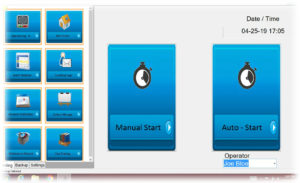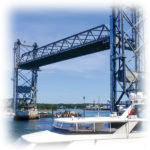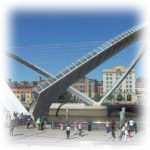About Us
The advent of the internet has brought about a wealth of resources to people interested in almost any field imaginable. Unfortunately, as someone who maintains and repairs drawbridges, I found very few places where I could ask questions or learn new information relevant to my industry. What I was looking for was drawbridge related news, articles, resources and links of interest.
Drawbridge Specific was born out of that frustration. With a smattering of basic information and data, we offer helpful links to industry related websites, highlights of drawbridges in the news, and blog posts on wide ranging topics all relevant to the world of drawbridges.
Stop by often to check out the topics, read a new story and discover a new link. Always feel free to post a comment or ask a question. And if you want to share a story that may be of interest concerning drawbridges, please contact us and let us know. We would welcome working with you to post a guest article.
New! Ask A Question Section
Have a question about drawbridge maintenance, repair or just a general question concerning drawbridges? Send your questions to: questions@drawbridgespecific.com and I’ll give you the best answer I’ve got and post them here. Since most of the inquiries we’ve received have been about drawbridges in general, we’ll start with some of these. Check back to see more answers as they post!
Question – Tom S. asks – In St.Joseph Michigan there was a railroad 60′ Jack Knife Drawbridge across the St. Joseph River in 1871 as reported in historic archives. I am constructing a model of the harbor showing the railroad crossing. There are no photos that I can find but there was a drawing that showed a centered island with a tall rectangular frame with criss cross supports and cables going from the top of the box to the extending arms on each side.The drawbridge was replaced with a typical swing bridge in 1889 with 2 100′ spans. Can you describe how the early drawbridge design would have worked? This is probably not enough information to go on but your experienced insight would be greatly appreciated.
Answer – Hey Tom, the pictures really helped. The image you sent is of a swing bridge. This aligns with what the local historic placard said as well. Swing bridges can be girder or truss (actually several types of truss…this one is a through truss I believe)…. To see complete answer, click here.
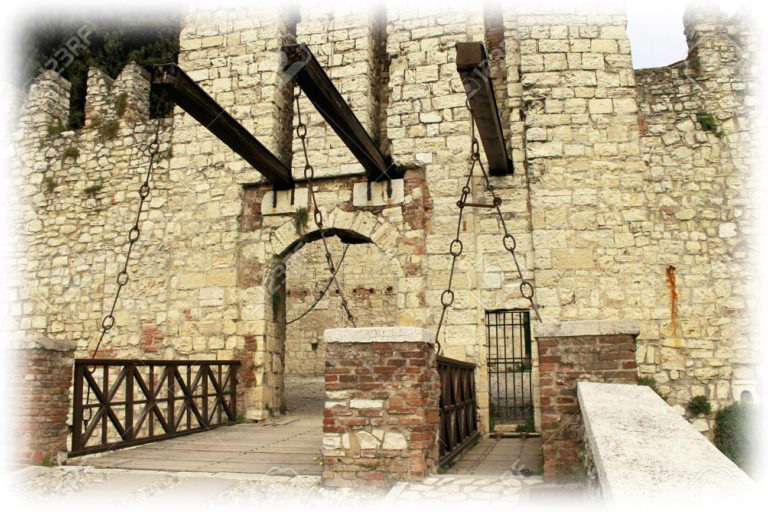
History Of Drawbridges
Some basic background information to get you started.
Types Of Drawbridges
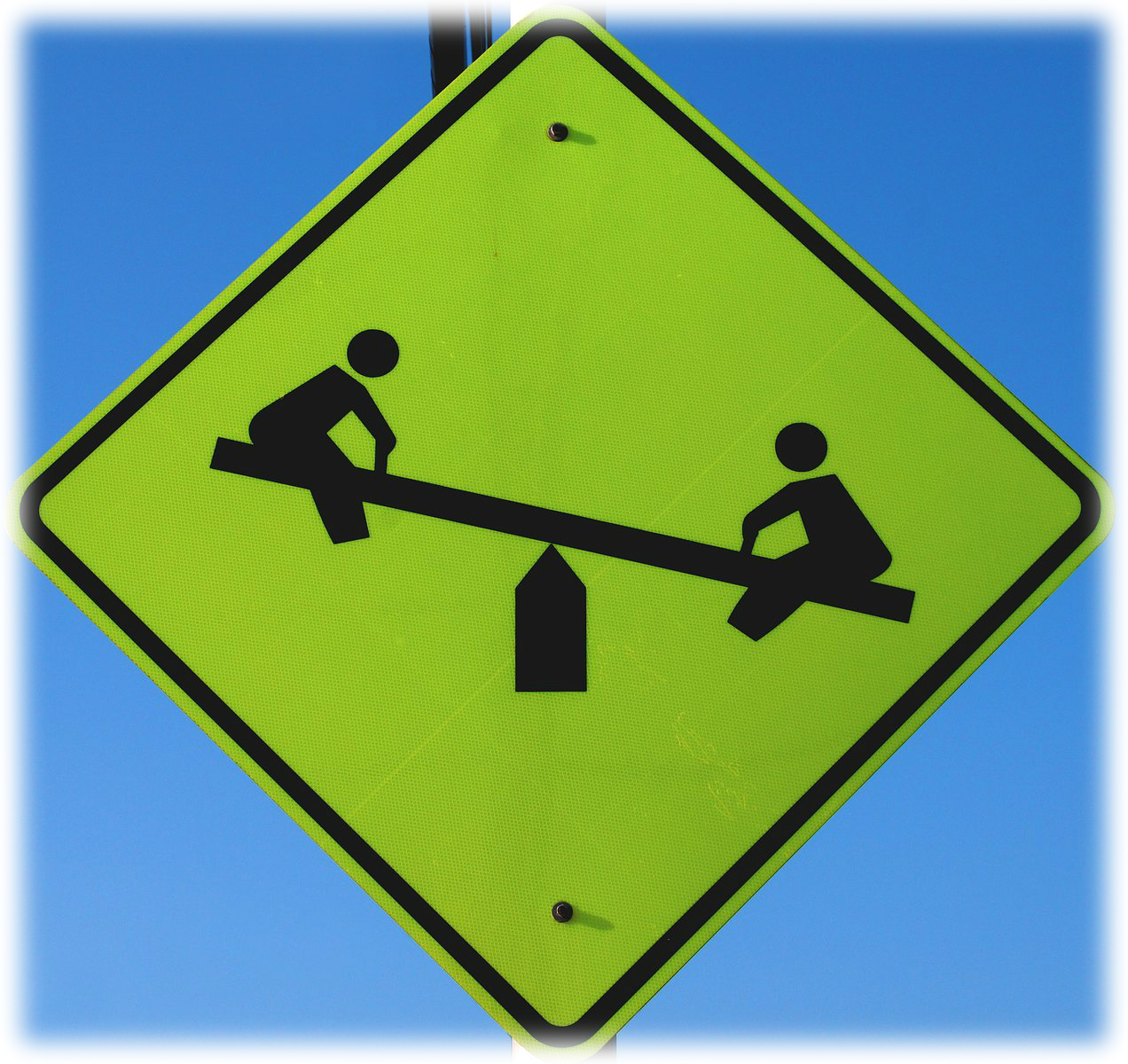
The Principles Of A Drawbridge
Most drawbridges today operate on the exact same principles as the ones from 100 years ago.
Drawbridges In The News

Every week we highlight a news story featuring a notable drawbridge incident. While some of these are fairly old, they all illustrate the incredible things that can happen at any time and hopefully provide a warning we can heed or a lesson we can learn.
Many questions when drawbridges are to be replaced
This story shows that beyond the normal questions involved when replacement of a drawbridge is contemplated, sometimes issues arise that many would never even consider. Such as whether to turn the old bridge into a historic pedestrian park, for example.
Drawbridge Related Links

This week's link of interest
Galco is an amazing source for many things drawbridge related. I have used them for resolvers, encoders and VFD keypads just to name a few things. They also provide repair services for many control cards. Check them out for yourself.
Blog Posts

Every week we try to post a drawbridge related blog post, article or story. To see past postings, visit our Blog Archive. And as always, feel free to contact us for questions or comments.
BridgeTender Software
Vessel logs are hard to take, hard to read and hard to store. Bring your log taking into the 21st century with the new BridgeTender software. Store information in a searchable database and take advantage of real time notifications of bridge openings via X! (formerly Twitter)
